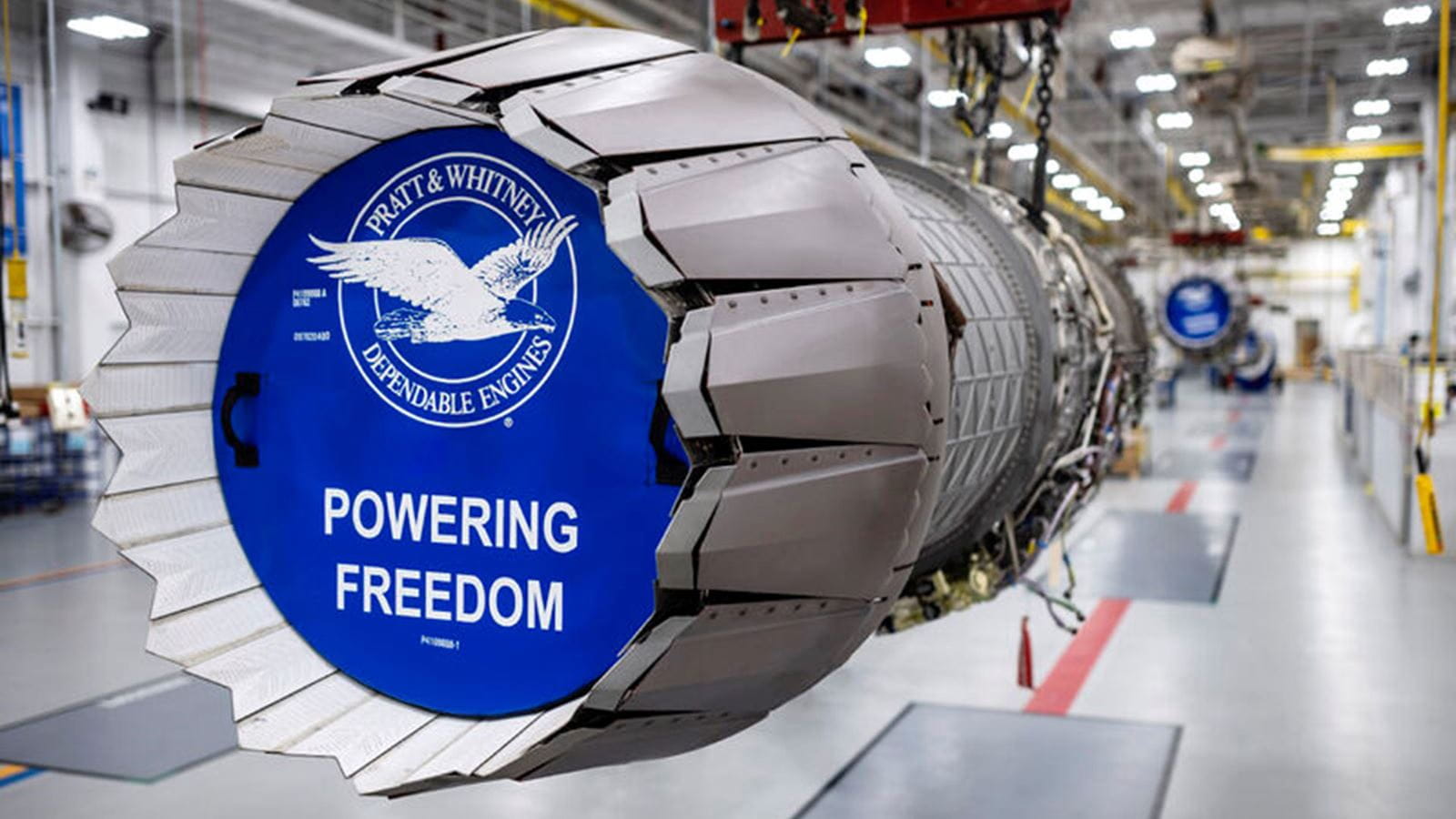More power for the F-35! Pratt & Whitney completes crucial design review for F135 engine upgrade
Pratt & Whitney completed the preliminary design review (PDR) of the F135 Engine Core Upgrade (ECU), stating that the ECU design is on schedule and exceeds expectations.
The preliminary design review is based on demonstrating that the design meets customer requirements with acceptable risk and that the design maturity is sufficient to enter the detailed design phase.
During the PDR, Pratt & Whitney and the F-35 Joint Program Office evaluated the ECU’s design changes and propulsion technologies, both of which are needed to restore full life to the engine and provide improved performance to enable next generation weapons and sensors.

«Pratt & Whitney is upgrading the F135 engine with technology from multiple development programs to deliver increased capability and performance for the warfighter,» said Chris Johnson, vice president of Pratt & Whitney’s F135 program. «Upgrading the F-35’s propulsion system to ECU is a critical step toward ensuring the F-35 remains the world’s premier air dominance fighter.»
Earlier this year, the U.S. Department of Defense formally selected the F135 ECU as the only modernization solution for the F-35’s propulsion system because it assessed that Pratt & Whitney alone «has the experience, special skills, proprietary technical documentation, software/algorithms, and technical expertise required to furnish the supplies and services.»
To date, Pratt & Whitney has delivered more than 1,200 F135 production engines, with more than 860,000 engine flight hours recorded. The F135 ECU will be incorporated into F-35s at the point of production or retrofitted at one of the multiple F135 depot sustainment facilities around the world.
Enabling F-35 Block 4 Capabilities
According to the manufacturer, the ECU upgrade will increase engine durability and performance, allowing all three F-35 variants worldwide to take advantage of the capabilities of Block 4 and later, as their new, more powerful electronics required more electrical generation capacity and better thermal management than the current F135s can provide.
See also: F-35 re-engining could be too expensive for the USAF
A re-engining with the new adaptive cycle engines developed by General Electric and Pratt & Whitney was even considered, but this option was finally discarded due to cost and because it was not believed to be feasible to adapt them to the Bravo and Charly naval versions of the F-35.

/https://aviacionlinecdn.eleco.com.ar/media/2020/04/F-35-afterburn-e1635351510117.jpg)
Para comentar, debés estar registradoPor favor, iniciá sesión